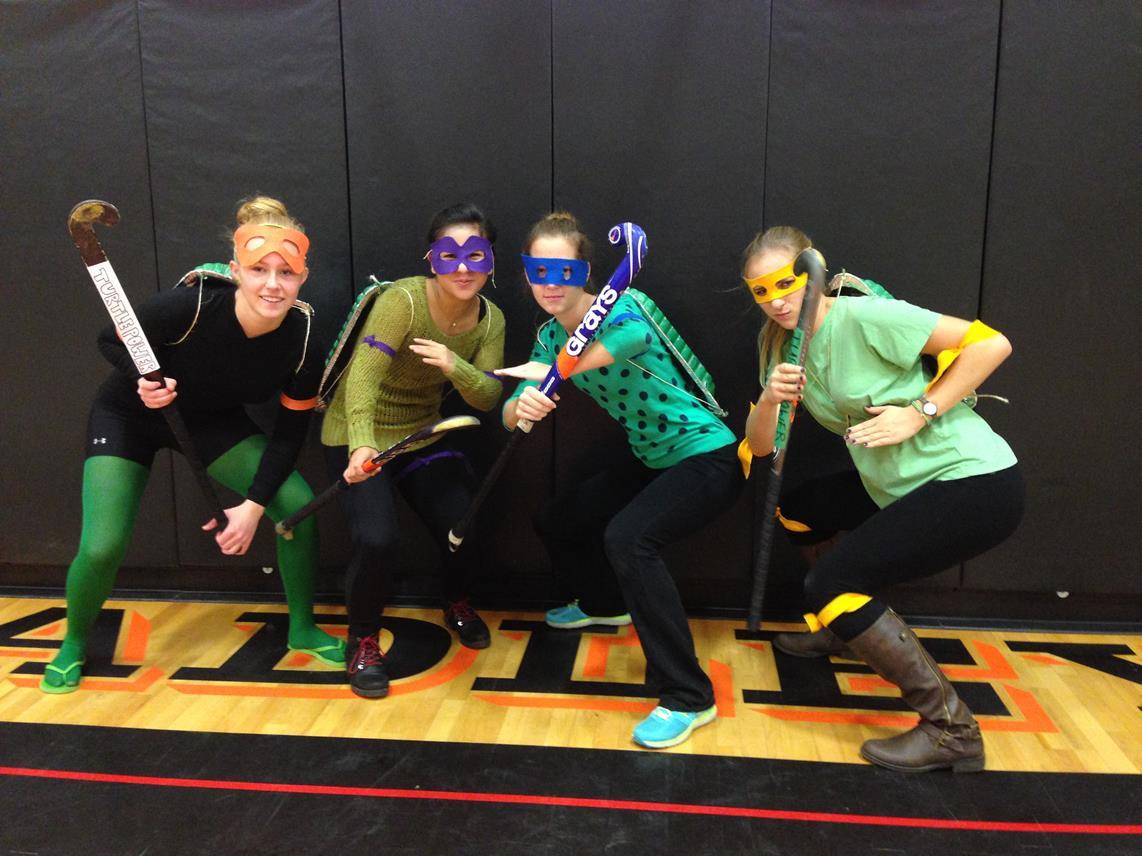Why is Sneaker Culture Dying?
March 25, 2022
So first let’s get the term bricks out of the way. The word comes from the sneaker world, where it’s used as a derogatory term for any shoe considered uncool or a shoe that doesn’t sell for a lot of money over its retail price.
A brick for example would be an all-white Nike Air Force 1. The original (retail) price was $90, and it’s selling on StockX for $110 so it’s really hard to profit off the shoe because you’d only be making $20 profit if you sold them on StockX. So you really don’t make any money selling white Nike Air Force 1s. That’s why people buy more hype shoes and hope they sell for more, which they usually do. Resellers buy like 20 pairs of hype shoes and sell them for triple or quadruple the price and expect people to buy shoes that are $1,000+ instead of paying rent or their mortgage. People who actually want to wear the shoes because they like the colorway or the look of the sneakers aren’t going to be able to get them because resellers will buy out a sneaker store’s entire stock.
When they released, a pair of Air Jordan 1 Travis Scott’s retailed for $170. Not bad right? At least it’s not as bad as having to pay almost $2,000 for the shoe now because it’s a sneaker collaboration with famous rapper Travis Scott. Now people who actually want to wear the shoe are going to have to pay as much as it would cost for a used car. The limit for that kind of shoe should’ve been 1 or 2 per customer and not one person buying 20+ pair’s then selling them for 2k each.
Then there are the people who sell replica sneakers. Replica sneakers are sneakers that are fake and are described as the tippy-top class of “fake” sneakers, copies of the original so meticulous they can fool all but the most fastidious collectors. You can buy replica sneakers anywhere from $30-$300 depending on the quality. Personally I don’t mind if people buy replica sneakers but if you sell them as real sneakers for how much the real shoe resells for then that’s just messed up because the person who is buying them may not be able to tell if it’s fake.
Usually you can tell if a sneaker is fake with a blacklight but sometimes if the replica is really good you won’t be able to tell even with that. I watch TrashAladdin on YouTube, and sometimes people will try to sell him fakes but he’s really good at spotting fakes. The appreciation of a growing culture is long gone. The sneaker industry is more than a showcase of who can put together the best fit, and nowadays it has incorporated a fascination with who can capitalize off of the same brands that they buy products from. Campout conversations transitioned to discussing your personal relation to the shoe you hoped to purchase, to how much one plans on flipping it for, without any sense of hesitation.
Resellers obviously may not view this as a negative of the game, but it indeed removes the culture’s uniqueness in relation to fashion as a whole. Distinct inspiration, background stories, and even unforgettable sneaker ads are easily lost in translation when dollar signs become a main priority over footwear’s cultural and artistic impact. Just ask anyone outside of your local hyped boutique — some barely can recall the history of the player of which the shoe is modeled after, let alone the colorway or even the model being sold.







